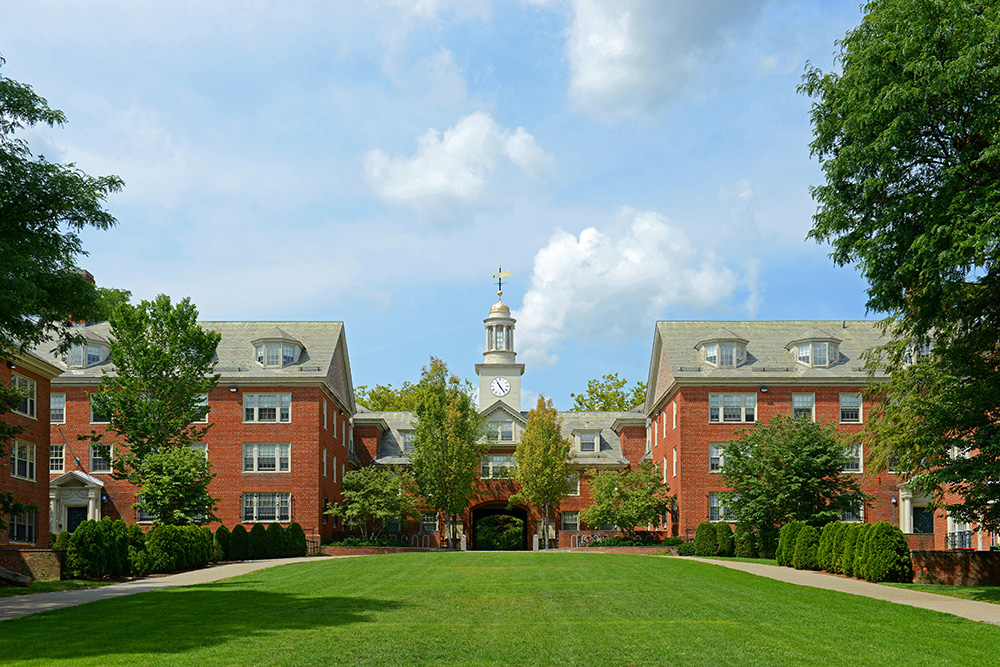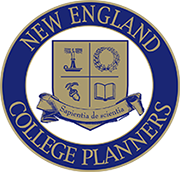
Cape Cod Times
by K.C. Myers
Dianne Dunn wasn’t able to save enough money to pay for her daughter Haley’s college costs.
“We divorced when she was 10 years old, and when you have two households, you have no extra money,” Dunn said.
But that’s OK, she said. Even with college tuition rising sharply, the reluctance of banks to loan money and stock prices plummeting, Dunn and her daughter, a senior at Sandwich High School, are confident they will make it through college without accruing tremendous debt.
“My daughter and I are very focused and motivated,” Dunn said.
Haley is working on her application essays and her SATs. Her high school grades have been solid As, and she’s loaded her schedule with advanced placement courses.
Haley is applying to about nine schools, without regard to cost, though her mother has urged her to send an application to a “financial safety school.”
Since senior year started, Dunn feels like she has lived on the Internet, where she researches scholarships and fills out financial aid forms.
She likens the college preparation process to “taking on a part-time job for me and my daughter.”
“I bought a white board so we can keep track of the deadlines,” Dunn said.
The Dunns are doing everything right and have the correct attitude, according to advice from Raquel Nejako, director of National College Planners, a business that opened last year in Hyannis to help families prepare for college.
Nejako, who offers free seminars as well as paid planning, said parents shouldn’t be discouraged from applying to schools because of the price.
Private schools offer packages that can make the cost similar if not better than a state school, she said. Harvard, for example, now waves the tuition and fees for families earning $60,000 or less, and many other Ivy League schools have followed suit, she said.
The key, Nejako said, is to know the school and understand the financial packages being offered. There are differences between a gift — which is an outright scholarship — and “self-help” grants, which translate into work-study and loans.
Don’t restrict yourself based on finances alone, Nejako said, but do be realistic.
“You don’t want to get into drowning debt,” she said.
College costs have risen 439 percent since 1982, according to Money Magazine. It’s difficult to find a school under $20,000 a year, Nejako said. The average college graduate leaves school more than $24,000 in debt, she said.
Also, with a baby boomlet entering college, the number of college applicants has soared, so colleges can afford to be choosy.
Harvard accepted just 7 percent of its applicants in 2008, the lowest acceptance rate in its the history, Nejako said.
Haley Dunn positioned herself by focusing on good grades, the SATs and the college essay.
“I’m amazed, when I ask parents what they did to get their student prepared for the SATs; half say they didn’t even know they were coming up,” Nejako said. “The SAT is one of three factors colleges looks at when considering your student.”
It’s their transcript (grade point average, course load and extracurricular activities), SATs and the college essay that form an applicant’s profile.
Finances, of course, are another major consideration. Filling out the FAFSA — or Free Application for Federal Student Aid, which all students must submit in order to receive any financial aid — has proved to be far more complicated than doing tax forms, Dunn said. Private schools have other financial aid forms, and these toorequire intense concentration.
Nejako said parents make mistakes on these forms that can cost them thousands of dollars.
As for figuring out the best investments and ways to “put your assets” into places that put you in line for the most amount of aid, that’s complicated too, Nejako said.
“There are 72 criteria considered to figure out who is getting what,” she said. “The problem is, this can be easily manipulated. Wealthy clients can get more aid than some of my poorer ones. It’s about where you put your assets.”
Dunn said some of her middle-class friends diligently saved for college with 529 accounts — tax advantaged savings programs sponsored by states and schools — only to have that money counted against them when they sought financial aid.


